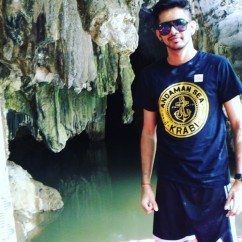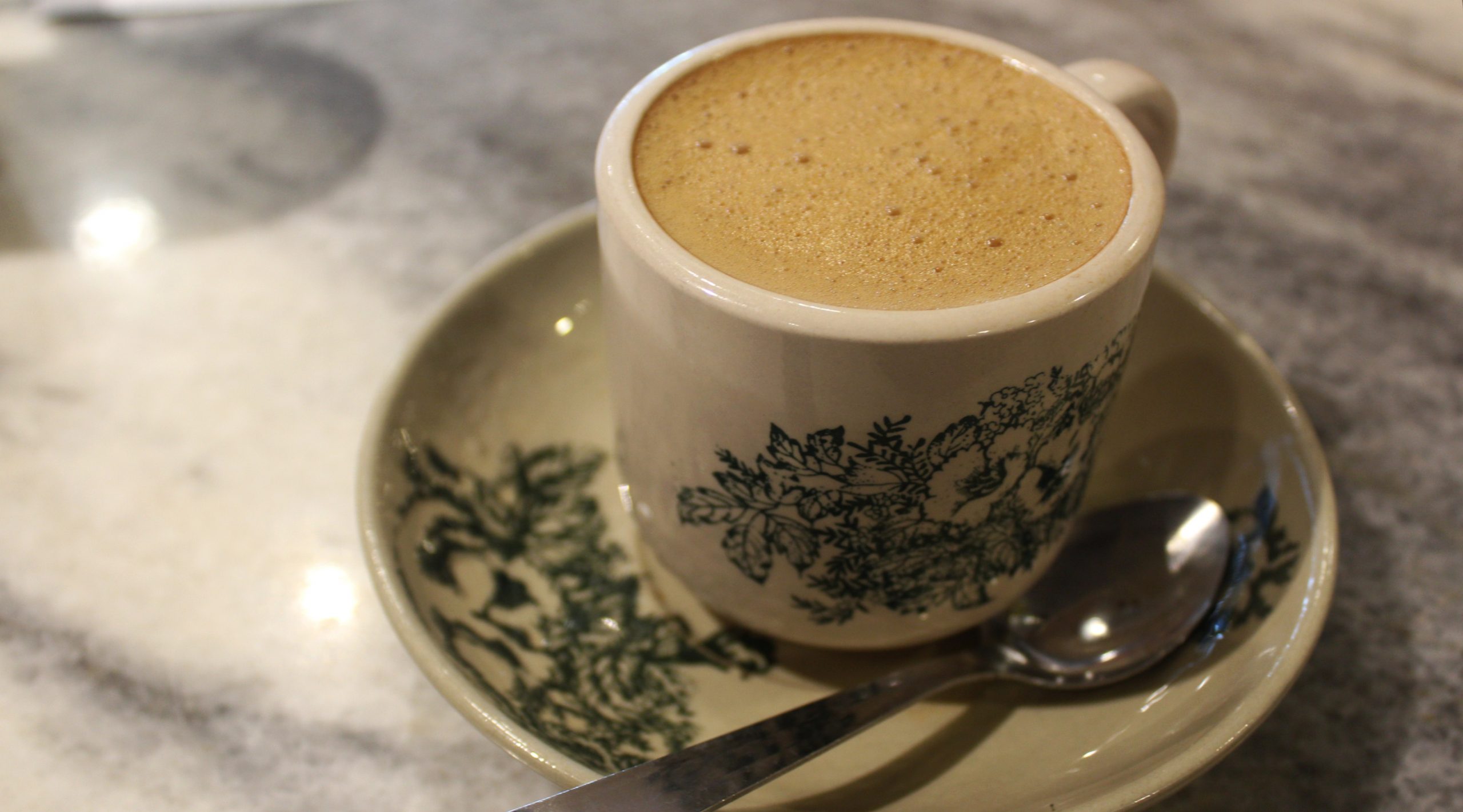Better brew days are coming as the legendary coffee masters are not only sustaining their legacy, but taking their craft to the next level, too.
The evolving coffee scene in Penang has a harmonious balance between authenticity and creativity. However, we often hear our elders vouching for a good cup of Kopi O, oftentimes a must-have to start the day. Unpretentious at first sight, yet the rich and aromatic coffee could go up against any gourmet brews today.
A testament to Kopi O’s acclaim is Penang’s oldest surviving coffee manufacturer, Sin Boon Kee Coffee. Currently helmed by the fourth generation, they have preserved their traditional coffee and extended their horizons to present-day coffee experiences. I recently sat down with Jonathan Chan, the CEO of Sin Boon Kee Coffee to understand more about the process, dedication, and journey of the company.
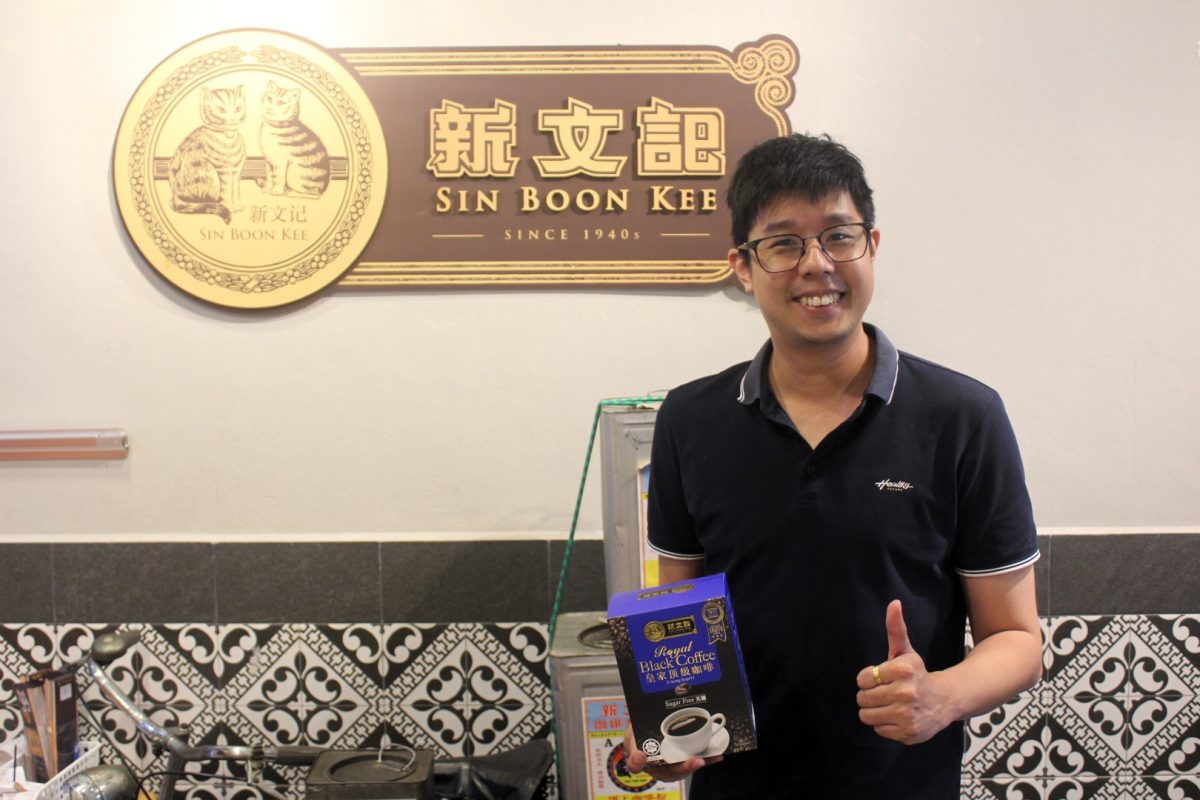
HUMBLE BEGINNINGS
Chan Kok Tong, the company’s founder and Jonathan’s great-grandfather, migrated to Penang from China. He initially pursued his career as a fisherman but over time, the risk and labour of the profession made him rethink. Surprisingly, he discovered the demand for coffee and commenced this fresh path in 1944. He used to go house by house with his bicycle to supply coffee powder. The word of mouth was catalysed by the taste of the rich coffee, or as the locals fetchingly say kopi kaw. As an honour to his legacy, you’ll also find a bicycle decked with time-worn coffee tins in Sin Boon Kee’s concept store.
The business baton was then handed over to Jonathan’s grandfather Mr Chan Wah Chuan, followed by his father Mr Chan They Lin and now under the stewardship of the 32-year-old. The successor is assisted by managers and cherishes the support and trust of his elders. The Chan Family promises to upkeep the legacy of the founder to make the best traditional coffee powder in Penang. Apart from being a household name for Nanyang coffee, they have now stretched their wings with SBK Coffee Concept Store outlets both on the mainland and island.
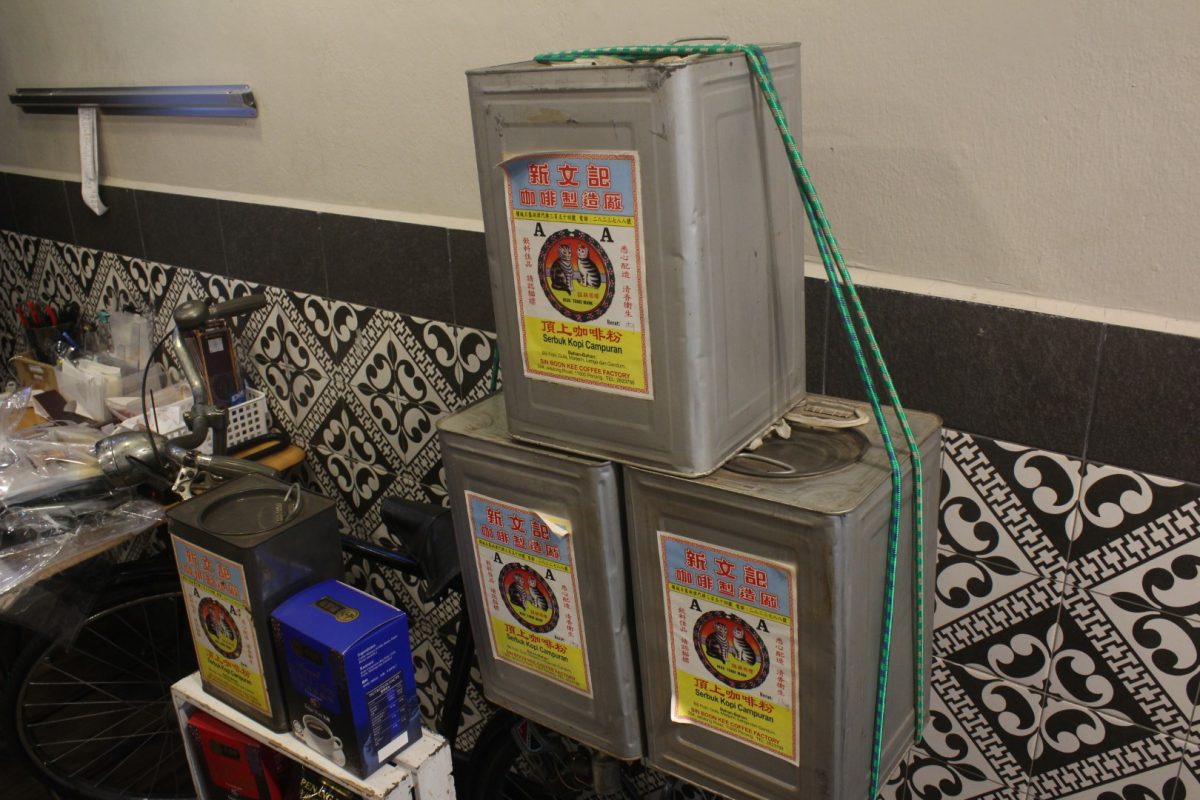
A TALE OF CATS
Just when I wondered if there was more story to extract, Sin Boon Kee’s logo caught my attention. Two cats adjacent to each other encircled in a floral ring. My imagined narrative of the cats being their loveable pets was diminished with a short and convincing tale. Since Mr Chan placed his entire focus on formulating the best Nanyang coffee powder in town, little did he think about the logo. Nevertheless, rational instinct got him to ask his consumers, who were largely Malays. They shared their love for cats, and since the Chinese community loved double digits as a sign of luck, he made it a pair of cats. The customers were happy with the logo and further bonded their loyalty to Sin Boon Kee Coffee.
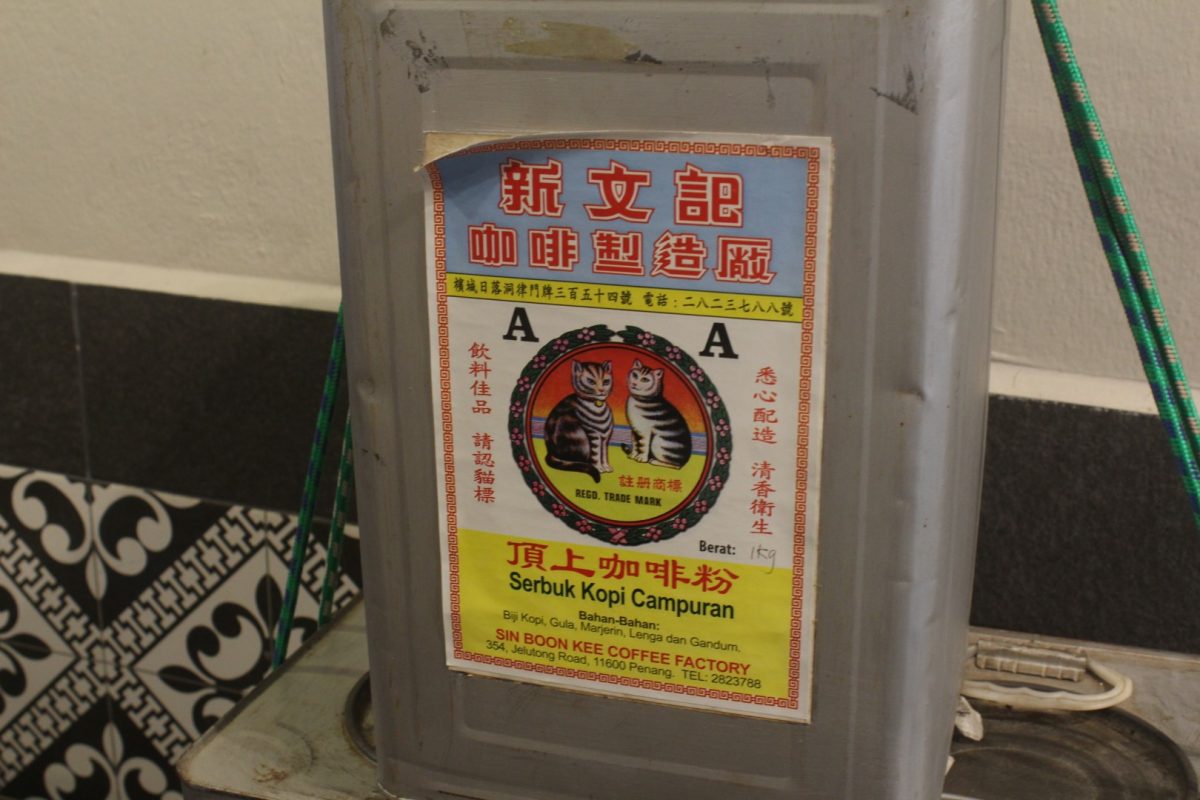
THE ART OF COFFEE MAKING
The factory’s palpable passion for coffee is evident in its old-school charm. It predominantly runs on machinery from the 1970s and uses traditional roasting methods. Their manufacturing capacity is 1,000 kg of coffee powder per day. While the world is more familiar with Arabica Coffee, SBK attests that Robusta Coffee has its lure, too. These beans are roasted at temperatures exceeding 300°C and continuously stirred during the process. The longer the beans are roasted, the more bitter the coffee turns out. Some customers do seek various bitterness levels, which requires them to adapt to the cooking procedure.
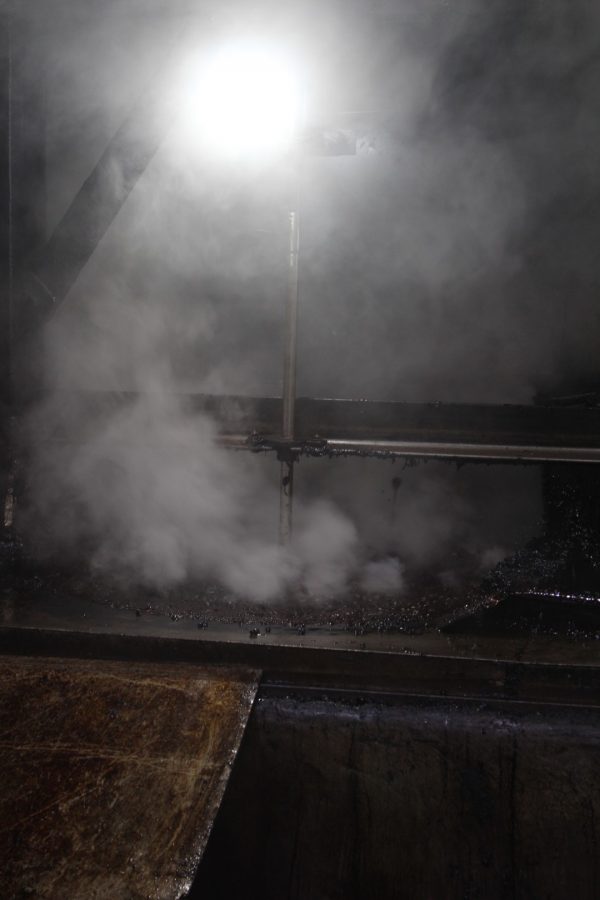
Assisted by Jonathan, I got a closer look at the roasting station, which felt like standing under a caffeine cloud and the aroma was soul-warming. I was equally excited about the types of Nanyang Coffee available, which include vegetarian (using margarine over butter), sugar-free, and extra kaw. Adhering to the increased operations of their coffee outlets, they are planning to move into a new factory to expand their capacity.
Jonathan pointed out that the coffee beans sourcing process is the most crucial phase. The weather where the coffee plants are grown does impact the final taste of coffee. Before each order, they would first get a tester pack from the plantations to check the moisture level. Thanks to technology, any excess moisture is removed to ensure premium quality beans before roasting.
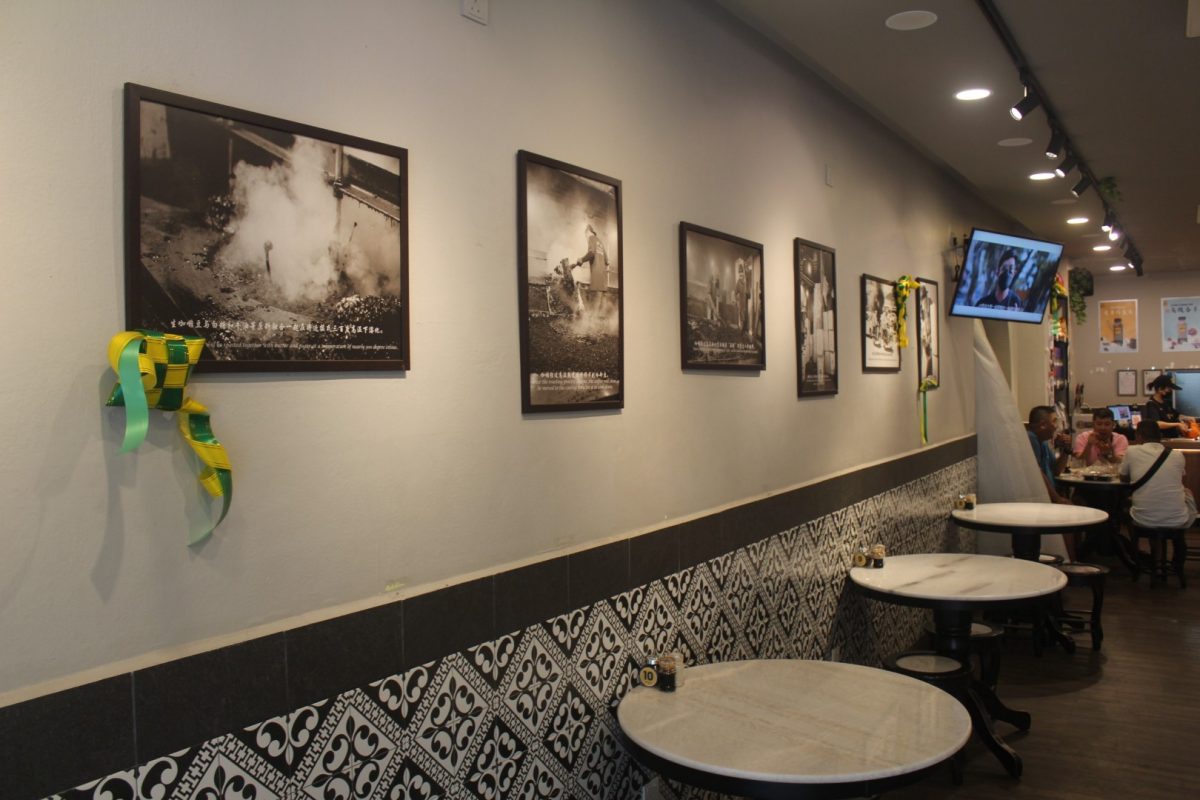
NOSTALGIC, HUMBLE COFFEE
Sin Boon Kee’s best-selling coffee is their Royal Black Coffee, dubbed as Premium Kopi O. It has bagged numerous awards and is exported to Southeast Asia countries like China, Singapore and Indonesia. Different from traditional black coffee, this coffee combines four types of high-quality coffee beans and is fine-tuned by proportions and recipes. In short, it’s not your typical kopitiam coffee.
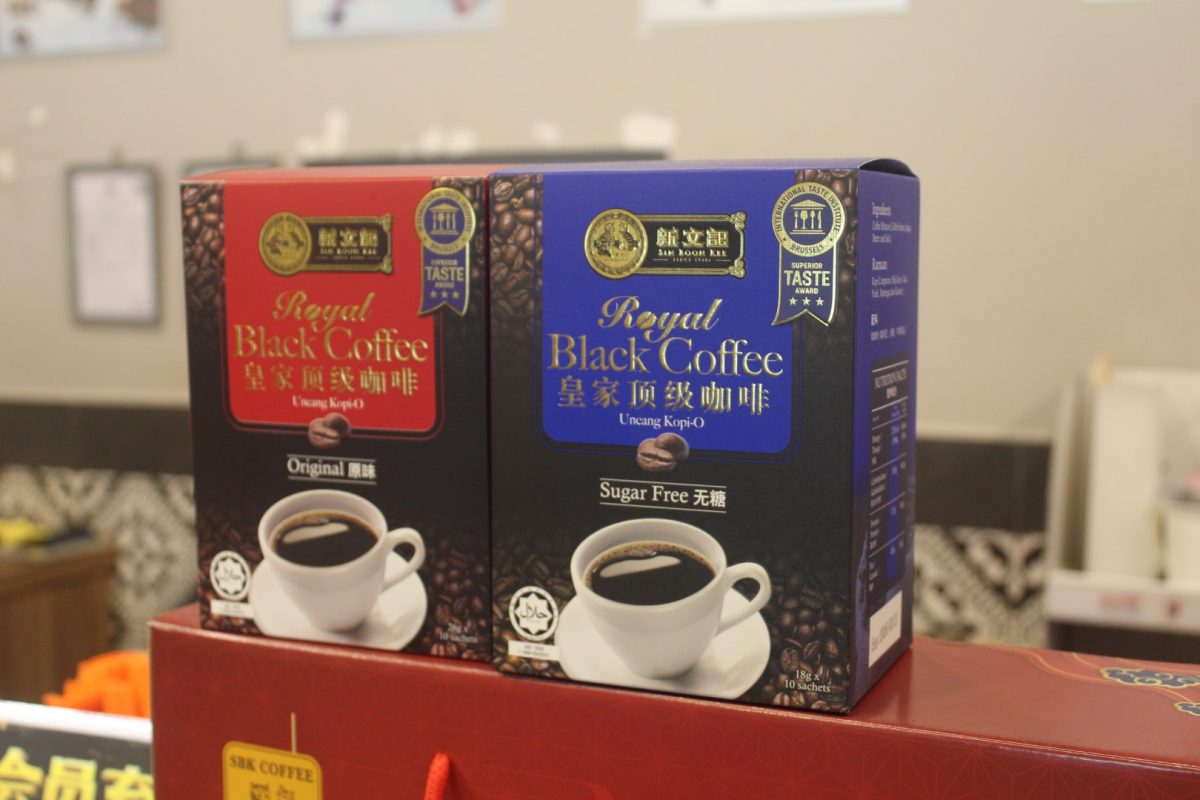
A short walk from their factory lies their Jelutong branch, where I got my caffeine fix. The interior is bright and cosy and decked with photos of their coffee production, not to mention the aroma of coffee hovering in the air that lets you know that you are in safe hands. I opted for their Royal Black Coffee with Milk, which was served in the classic cup and saucer. The first sip lends a pleasant smell, and the richness of the coffee comes through, adding to the depth of aftertaste from the next sips. The caffeine level hits the right note, balancing the sweet-to-bitter ratio. Texture-wise, it was heavier in feel and had a longer finish, typically reminding us to dip a biscuit or toast in it… just the way our grandfathers love to enjoy their coffee. Being basic isn’t usually a compliment, but when done to perfection, it turns into one.
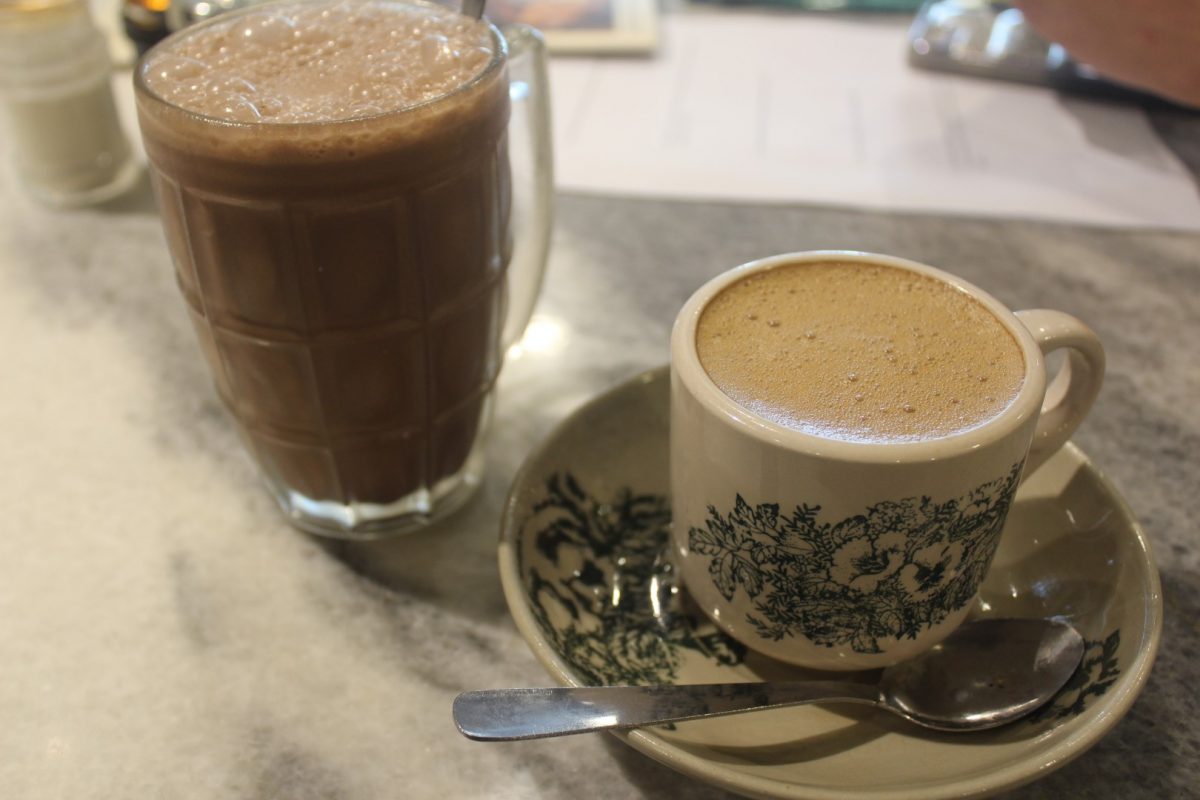
Interestingly, there wasn’t any trace of ice cubes in the outlet. Jonathan states that iced coffee loses its appeal and taste when the ice melts. Therefore, they have mastered a technique that keeps coffee cold without ice cubes. Moreover, Sin Boon Kee Coffee Concept Store entered the Malaysia Book of Records for producing the most number of drink product variants (26) in a concept store. I surely didn’t have the stomach to try it all in one sitting, but it has given me more reasons to return.
VARIETY IS THE SPICE OF LIFE
The menu boasts Malaysian classics such as nasi lemak, fried rice, and Sin Boon Kee’s ‘Ah Ma’ curry chicken, which boasts a 26-ingredient recipe that has been passed down for many years. The classic Malaysian-style breakfast is achievable, too, with roti bakar spread with kaya and butter and fresh half-boiled kampung eggs.
Eyeing the pedestal of this generation, the concept store has variations that show how far you can stretch the idea of coffee. Their take on cold brew is noteworthy, as the coffee flavours are developed based on seasons. The Spring version is earthy with undertones of tobacco or cedar, Winter gives a subtle floral interplay of lavender and jasmine flavours, Summer reminds one of a fruity punch, and Autumn delights chocolate lovers with sweet, strong cocoa notes.
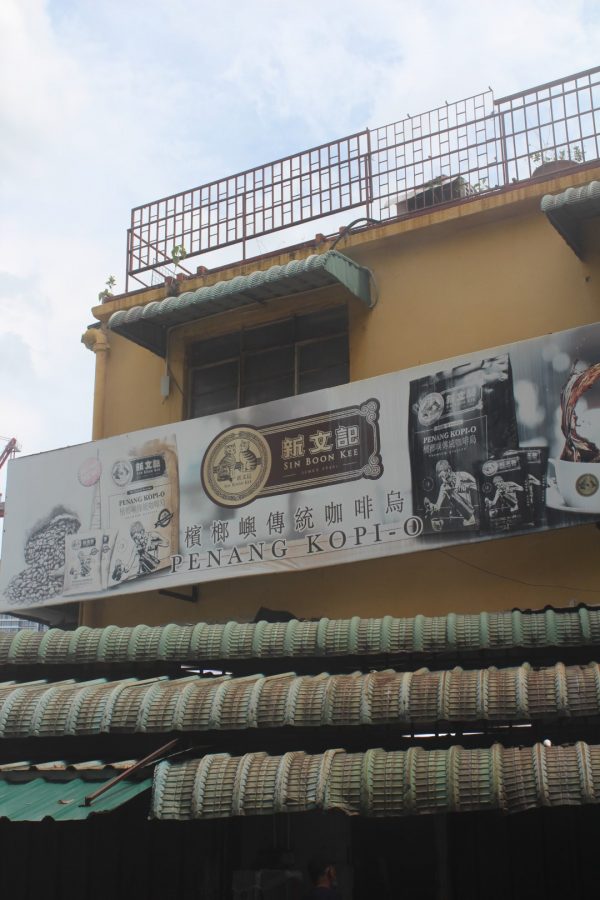
Since coffee is a universal love language, Sin Boon Kee’s drip coffee shines the spotlight on five countries. These Arabica coffee beans are ground smoothly and placed into drip coffee bags. From Indonesia to Colombia, Brazil to Ethiopia and Malaysia, each flavour carries connotations of its homeland. Sipping a good cup of coffee is all well and good, but it gets better when you understand its origins and individuality.
A GENERATIONAL PASSION FOR COFFEE
“We will be soon introducing Malaysia’s first Nitrogen Nanyang Coffee,” said the CEO when asked about expanding the menu. Sin Boon Kee is planning to set up Kiosk Concept Coffee across Malaysia, primarily targeting Johor, Penang, and Klang Valley. Jonathan embraces his identity as the only fourth generation coffee maker in Penang with pride and it’s evident in the company’s optimistic plans.
By keeping an open-minded approach, SBK coffee bridges the gap between coffee and each generation. Apart from using the essence of traditional Penang coffee to cement the older customers, they have a pulse on the current market with adaptive coffee ideologies. Jonathan’s great-grandfather guaranteed good coffee is accessible to every household. His grandfather and father followed suit for kopitiams throughout Penang.
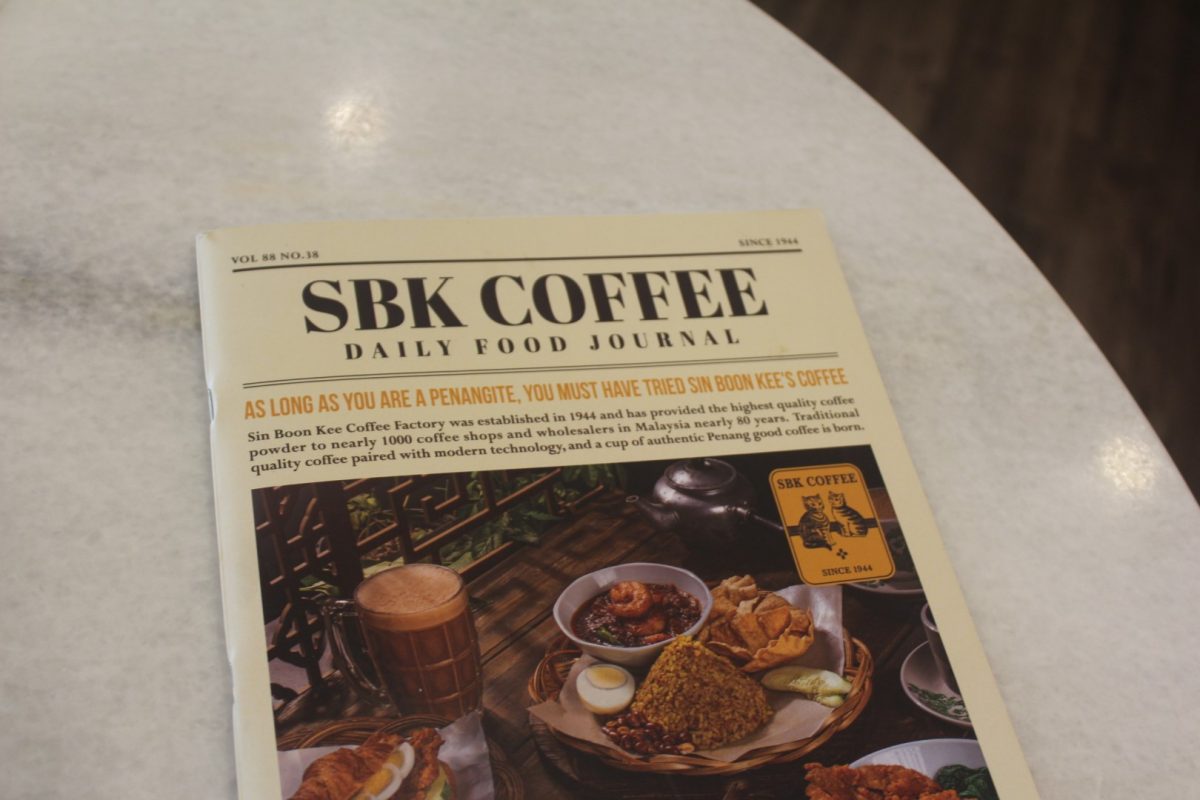
Today, Jonathan ensures good coffee is celebrated and diversified for all palates. He affirms that beyond the family heritage itself, it’s the constant attempts to offer new coffee experiences to customers that have got him glued to the business. The earlier generations may have squeezed out the risk from the upcoming generations with a reputation and structure. Clearly an antidote to initiating from scratch, but it also takes tremendous efforts and plans, especially for the newer generations, to be guardians of the business. There is a Chinese saying that roughly translates as, “You can only keep wealth in the family for three generations.” Sin Boon Kee Coffee begs to differ, and it only takes a cup of coffee to understand why.
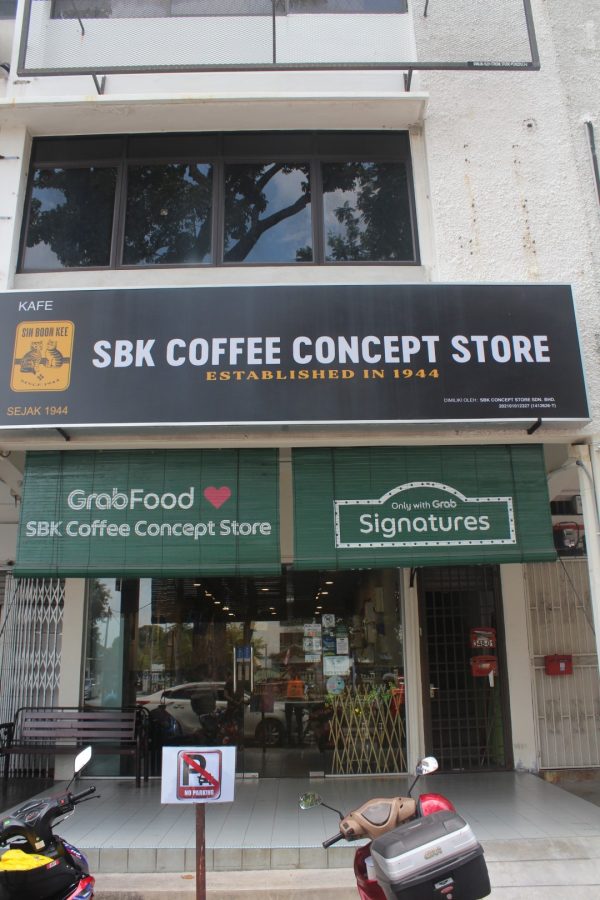
"ExpatGo welcomes and encourages comments, input, and divergent opinions. However, we kindly request that you use suitable language in your comments, and refrain from any sort of personal attack, hate speech, or disparaging rhetoric. Comments not in line with this are subject to removal from the site. "

